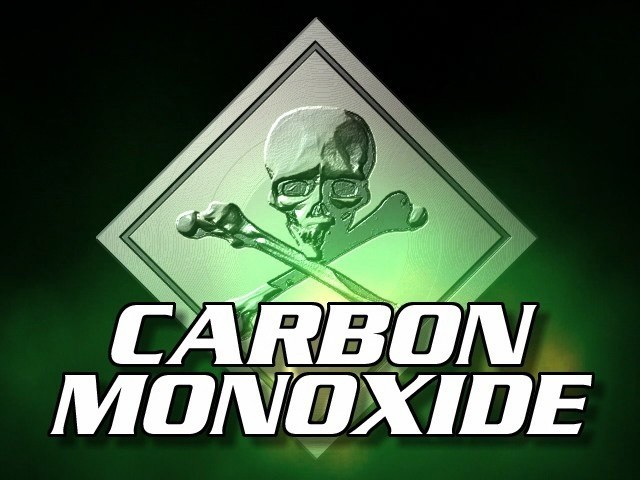ATLANTA (AP) Potentially lethal carbon monoxide levels at an Atlanta elementary school with no detectors sent at least 42 students and seven adults to hospitals Monday and forced 500 more to evacuate, authorities said.
Young children with oxygen masks over their faces were strapped to gurneys and others carried to ambulances by emergency officials at Finch Elementary School in southwest Atlanta. Four kids reported passing out at the school, according to hospital officials. A teacher and a cafeteria worker were also among those treated.
Firefighters found unsafe levels of carbon monoxide near a furnace at the school with a reading at 1,700 parts per million, said Atlanta fire Capt. Marian McDaniel.
The colorless, odorless gas can be deadly at that concentration, said Stephanie Hon, assistant director of the Georgia Poison Center.
Superintendent Erroll Davis praised school officials for quickly evacuating after children started getting sick and said officials were considering installing carbon monoxide detectors in schools. Finch Elementary did not have a detector, and state officials said there are no code requirements for such equipment in K-12 schools. It's unlikely that schools around the state are equipped with such detectors, said Matt Cardoza, spokesman for the Georgia Department of Education.
Twenty-five states have laws requiring carbon monoxide detectors in certain residential buildings, according to the National Conference of State Legislatures. Connecticut takes that a step further and requires detectors in all public and nonpublic schools, while Maryland recently enacted a law requiring detectors in newly constructed and remodeled schools, according to Scott Hendrick, program manager with the NCSL.
Bridgette Berry, a grandmother of two students at the school, said the children ages 6 and 7 were checked out at the hospital. The family was given a form instructing them to keep a close eye on the children and alert medical officials if they exhibit any symptoms such as a headache, Berry said.
Berry said school officials must put in carbon monoxide detectors.
``They're not going back unless they get them,'' Berry said.
Her son and the children's father, Marquis Berry, said the family feels fortunate the situation wasn't worse and frustrated about what he called a lack of communication from the school.
``I had to find out about it on the news,'' he said.
District officials said they worked to notify parents, but some did not have updated contact information on file.
Of the 42 children taken to Children's Healthcare of Atlanta at Hughes Spalding, the first four were already showing improved oxygen levels by the time they arrived, said Dr. Naghma Khan, the emergency room director.
She said those four received oxygen and were sent home with their parents since they were not demonstrating severe symptoms. The rest of the children were being released to their parents, she said. A few children were still being brought to the hospital by concerned parents, she said.
``We were really lucky that this didn't go any further than that,'' Khan said.
Davis, the superintendent, said the investigation continues into what caused the leak. He said authorities suspect the issue started with the boiler, which passed state inspection in 2011 and was not due for another look until 2013.
Other students were sent to a nearby middle school until their parents picked them up.
Meanwhile, fire officials said they were ventilating the school, which was expected to reopen Tuesday as long as it's cleared by the fire marshal.
In Baltimore last year, officials vowed to put carbon monoxide detectors in all of the system's approximately 200 schools after two carbon monoxide leaks within a week's time at one of the schools.
City officials in Baltimore said the battery-powered detectors cost $15 each wholesale.
Hon, with the Georgia Poison Center, said children can be more susceptible to carbon monoxide than adults due to their size.
She said it can be easy for initial symptoms of carbon monoxide poisoning to be confused with the flu since both include malaise, headache, nausea and vomiting. A few key differences: Carbon monoxide poisoning generally does not cause a fever, and a person usually starts feeling better once he or she is moved to an area with fresh air, Hon said.
Most children did not show severe symptoms, likely because their exposure was brief and because the leak originated far from them, Hon said.
``The good news is that they sound like mild to moderate symptoms,'' Hon said. ``Luckily those kinds of exposures do not carry significant long-term health risks, especially with the children involved.''
Friday
April 19th, 2024
3:24PM









